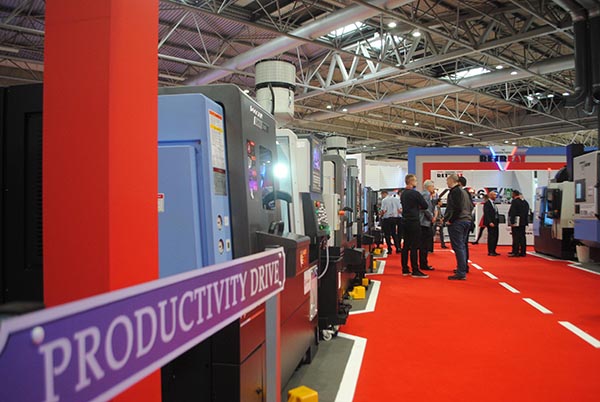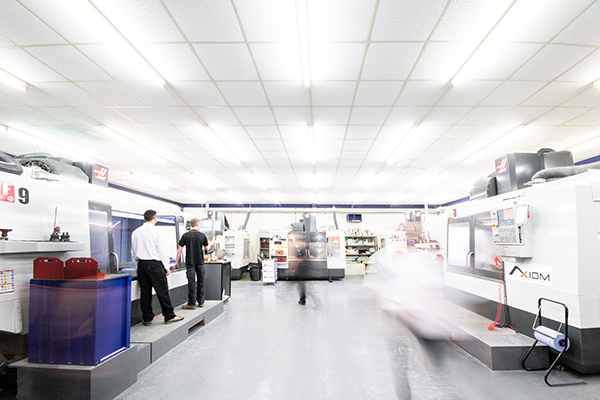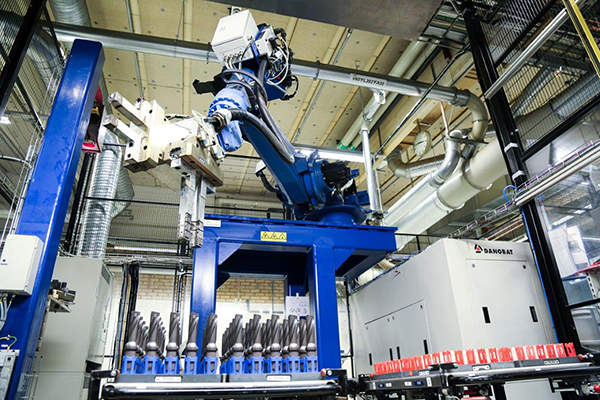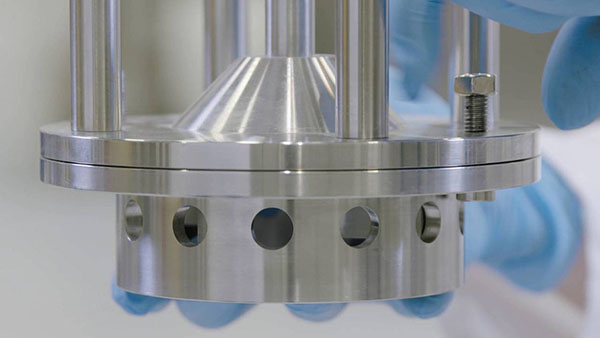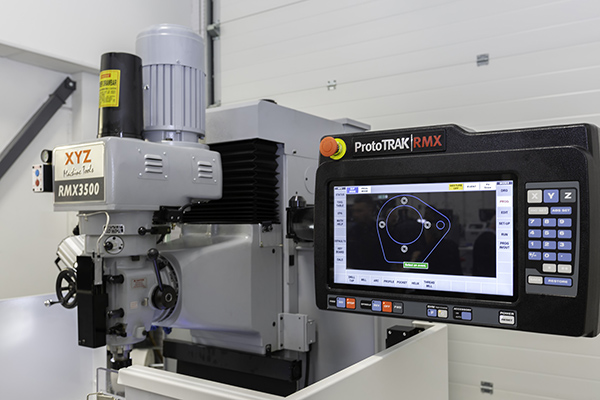A global industrial high-shear mixing solutions specialist has selected advanced EDM technology from GF Machining Solutions. Silverson Machines, based in Chesham, Buckinghamshire, has recently invested in two new state-of-the-art die-sink EDM machines.

The machines, AgieCharmilles Form P 600 models, were installed in Silverson’s production facility last year and are being used, primarily, to machine complex, high-precision rotor/stator workheads; integral components used in the company’s best-selling high-shear industrial mixers.
For over 60 years Silverson has been at the forefront of industrial mixing technology and innovation, supplying standard products that include laboratory scale mixers and assemblies, pilot scale mixers, batch mixers, in-line mixers, powder/liquid mixing systems and bottom-entry mixers, as well as customised and turnkey system solutions, to a growing global customer base.
Silverson products are used and specified by customers operating in a number of processing and manufacturing industries, such as food processing, pharmaceuticals, cosmetics, lube oils and petrochemicals. Customers in over 150 countries are currently on the books at Silverson and, to service and support this base, the firm operates a network of associated companies, distributors and agents in more than 50 countries.
The company’s mixing systems and solutions help customers reduce process times by as much as 90% in some instances. In addition to delivering a distinct speed advantage, Silverson’s mixing systems are said to be inherently versatile and cost-effective, with one mixing machine being able to perform a range of different operations like blending, emulsifying, disintegrating, reducing particle sizes and gelling. Such versatility is achieved by the incorporation of interchangeable workheads.

Silverson workheads are precision machined units that are manufactured in different sizes and have different designs and configurations depending on their function and end use application. Workheads are made from 316L stainless steel but, for special purpose applications, titanium and exotic alloys such as Hastelloy can also be used. The workheads feature a number of integral components, such as rotor blades, and circular stators and screens with different-shaped holes, apertures, slots or perforations.
EDM spark erosion technology is deployed by the company to machine its stators and screens.
The two new Form P 600 machines have replaced two older RoboForm die-sink EDM machines purchased from GF Machining Solutions some years ago. Silverson’s latest machines provide the company with improved productivity and performance, and are equipped with sophisticated digital generators and feature a number of on-board smart technologies that help Silverson achieve higher part accuracies, improved surface finishes, reduced cycle times, reduced electrode wear and greater process reliability.
Says Alan Pepper, head of manufacturing at Silverson Machines: “We regularly invest in new advanced machine tool technologies as a route to improving our performance and competitiveness. EDM is a mainstream manufacturing technology for us, and has been for some time. However, to meet the growing global demand for our industrial mixers and optimise the machining of sophisticated next-generation workheads, it became evident that we needed to strengthen, and make further investment in our spark erosion capacity and capabilities.”
Silverson has a long-established relationship with GF Machining Solutions and, in addition to investing in AgieCharmilles EDM die-sinking machines, has also purchased two Mikron vertical machining centres from the company in the past.
Says Pepper: “Having talked to GF Machining Solutions about our immediate and future requirements, we were introduced to the new Form P die-sink machines.
We were particularly interested the performance of the new machines’ ISPG generators and IQ technology, supplied
as standard on the machines.”
The Intelligent Speed Power Generators (ISPG) in the Form P 600 machines are said to deliver improved surface quality, material removal and accuracy. As a result of using this technology, electrode wear is reduced during roughing and finishing operations, irrespective of whether copper or graphite electrodes are used.
The Innovative Quality (IQ) technology from GF Machining Solutions has been designed to reduce, and in some cases completely eliminate, electrode wear when using graphite or copper electrodes. This technology helps manufacturers improve their productivity by reducing job set-up times and facilitates improved machine utilisation. In addition, IQ lowers costs by reducing the number of electrodes required.

“Since being installed, the Form P 600 machines have been working around the clock,” states Pepper.
“We are particularly pleased with the low electrode wear and are impressed by the speed of the machines and their ability to produce repeatable, high-quality burr-free slots and perforations.”
In the recent past, prior to investing in spark erosion machines from GF Machining Solutions, Silverson manufactured its workhead components using a combination of turning and welding technologies. Screens, which were bought-in, were made from fine metal mesh and welded to the turned machined stator. This process created a number of issues. The weld lines were not aesthetically pleasing and created potential weak spots and contamination areas in
the workhead.
The use of spark erosion machine tools in conjunction with copper and graphite electrodes has enabled Silverson to simplify and optimise its manufacturing processes, and achieve improved accuracies, reduced cycle times and costs.
For further information www.gfms.com







